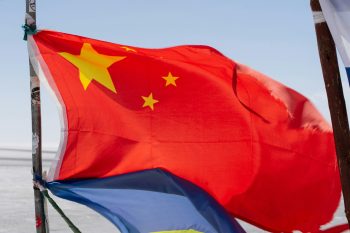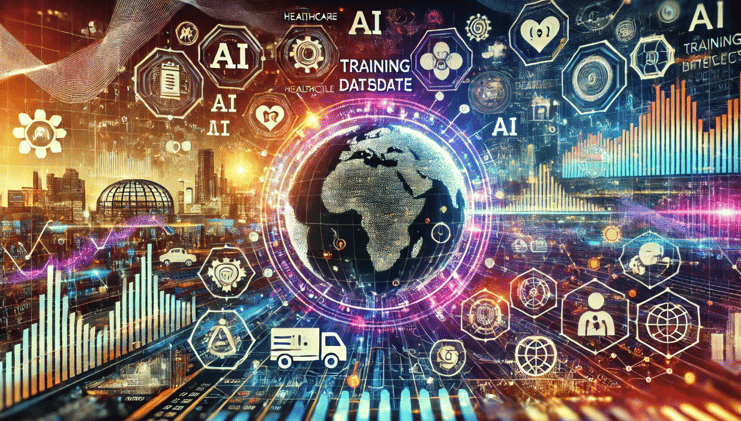Artificial Intelligence (AI) and Geoscience may seem like disparate fields at first glance. One is steeped in the world of algorithms and computational models, while the other delves into the study of Earth and its many phenomena. However, when these two fields intersect, the results can be nothing short of revolutionary. This is the exciting crossroads where we find ourselves today, as AI technologies are increasingly being applied to geoscience, opening up new possibilities for understanding and interacting with our planet.
The Advent of Large Language Models (LLMs)
One of the most transformative developments in AI in recent years has been the advent of Large Language Models (LLMs). These are AI models designed to understand, generate, and engage with human language in a way that is remarkably similar to how humans do. They are trained on vast amounts of text data, learning patterns, structures, and nuances of language that enable them to generate coherent and contextually appropriate responses.
The K2 Language Model: A Breakthrough in Geoscience
LLMs have found applications across a wide range of domains, from customer service chatbots to automated content generation. However, the K2 model is a significant departure from these applications, as it is specifically designed for geoscience. With its impressive 7 billion parameters and fine-tuning with the GeoSignal dataset, the K2 model represents a significant leap forward in the application of AI to geoscience.
The Potential Impact of AI on Geoscience
The potential impact of AI and LLMs like K2 in the field of geoscience is immense. From predicting natural disasters to interpreting complex geological processes, the applications are as diverse as they are transformative. But perhaps the most exciting aspect of this development is the potential for democratizing geoscience. With tools like the K2 model, complex geoscience knowledge can be made accessible to a wider audience, fostering greater understanding and appreciation of our planet.
The GeoSignal Dataset: A New Frontier in Geoscience
The GeoSignal dataset is a pioneering effort in collecting and organizing geoscience data for AI applications. This dataset serves as the foundation for the K2 model’s fine-tuning, enabling it to learn from vast amounts of geoscience knowledge. The GeoSignal dataset represents a new frontier in geoscience, where AI and machine learning can be used to unlock new insights and understanding.
The GeoBenchmark: A Yardstick for Progress
The GeoBenchmark is a pioneering tool designed to provide a clear and objective measure of how well an AI model is performing in the context of geoscience. This benchmark serves as a yardstick for progress, guiding future development and ensuring that AI applications in geoscience continue to improve.
Conclusion: The Next Frontier
Looking at the groundbreaking K2 Language Model, the GeoSignal dataset, and the GeoBenchmark, it’s clear that we’re standing on the brink of a new frontier in geoscience. The intersection of AI and geoscience is not just a meeting point of two fields; it’s a launching pad for a new era of exploration and understanding.
References
- Learning A Foundation Language Model for Geoscience Knowledge Understanding and Utilization
- K2: A geoscience knowledge understanding and utilization language model
Future Directions
The future of AI in geoscience promises even more sophisticated applications, greater accuracy in predictions, and deeper insights into our planet’s processes. As we continue to refine and develop models like K2, we can expect to see even more exciting developments in this field.
Conclusion
In conclusion, the intersection of AI and geoscience represents a new frontier in scientific exploration and understanding. With tools like the K2 model, complex geoscience knowledge can be made accessible to a wider audience, fostering greater understanding and appreciation of our planet. As we continue to push the boundaries of what is possible with AI in geoscience, we may uncover new insights and understanding that were previously unimaginable.




